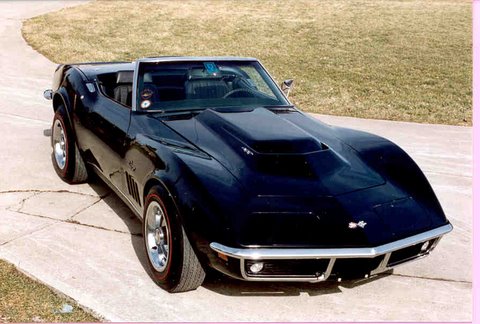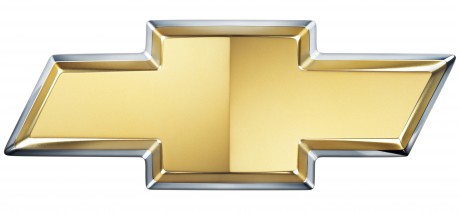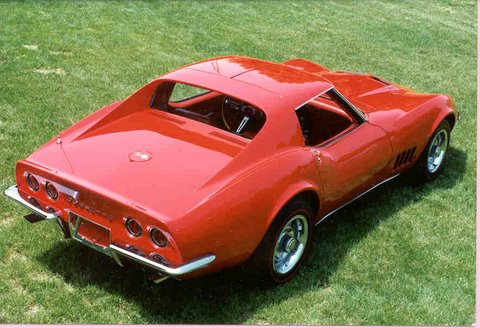This week we finish up with Part 2 of our Restoration Pitfalls segment. Also check out my recent Level 1 Inspection on a very cool ’69 AMX.
For any type of inspection/appraisal done on any car, please contact me at services@alancolvin.com.
Sincerely,
Alan Colvin
RESTORATION PITFALLS PART 2
Another important issue that is being brought out by “experts” today is the all-encompassing two words “always” and “never”. These two words are creating great havoc in the restoration market today because they are used too loosely. First of all, most people understand that car manufacturers usually have at least two, and usually three, suppliers for a specific part that they, themselves do not build. These suppliers usually do not supply that part for the complete model run. Many so-called “experts” are informing restorers that unless a certain finish is on a certain part, that car will be judged differently. Many times, if proper research is done, it will be found that the manufacturer (Chevrolet in this case) sets all standards of any exterior finish or painted part by a specific range or guideline. If these standards are checked, most people would find that if any part is supplied with a finish on the low side of the standard and an identical same part is finished with the high side of the standard, the two identical parts will look very different. They both are correct by Chevrolet specification standards, but possibly not correct by a judge who doesn’t know the original specification that Chevrolet dictated.
Secondly, this same situation holds true for correct hardware, such as front end sheet metal bolts: There were usually 2 to 3 manufacturers who made bolts and hardware for Chevrolet over any given model year. This supplier could change at any given time and possibly month to month. This is why many cars that are being restored with the same exact bolts that were taken from the car during the restoration are being judged as incorrect. There is erroneous information being published, which states that all bolts on a certain car should have a certain bolt head marking. Yes, many cars did have the same head markings and in some cases all of the markings matched, but this is again the exception and not the norm.
This brings us to my final concern regarding the use of “always” and “never”. No person in the restoration industry should ever get in the habit of saying “always” and/or “never”. The automotive industry was not building classics during the period from 1955-1972. They did not always specify the little details that car enthusiasts consider important today. Always and never are the two words that will often start disagreements in this industry. There have been many documented cases of “never built” cars that were originally discounted as forgeries when they were originally discovered, but after careful research, those cars were recognized as original and correct.
Hopefully, everyone will begin to look at this industry a little differently and begin to do some research on their own before using the “always” and “never” routine on someone else’s pride and joy.
BOWTIE ADVISOR
I have a 1969 Corvette which has 33,965 original miles on it. Even the spare is original and the jack has never been out of the car. The only things on the car that didn’t come from the factory are the tires,battery, hoses, exhaust and spark plug wires. I have two problems: The carburetor and the block casting.
My carburetor seems to have the wrong date code and identification stamping. The #7029207 carb which is installed on the car is supposed to be correct for a 1969 350/350 Corvette. And as for the date code 2307 I’m totally confused! Isn’t the last # in the date code indicative of the model year? And isn’t the 9 in 7029207 also representative of the model year? Shouldn’t other two numbers always be the same? Is it possible that my carb is original? Could the fact that it is any early 69 or that it went to Canada have any bearing on the numbers in question?
My second question regards the engine block casting date. Where the date would normally be is a slightly raised area that was obviously done in the casting process. There are no discernable numbers on the raised area to indicate that the factory changed it . They just left it blank. The block appears correct in every other way. The code and VIN stamped numbers are correctly sized, numbered and stamped. The pad is virgin and unpainted. I’ve no doubt that this is the original block.My question is, how can I prove it to someone else if I had to? I would like to get the car running soon so I can drive and enjoy the car this spring. I won’t spend the money to rebuild and recolor the carb if it’s not authenticated to my satisfaction. Can you help me? -R.W. Waynesboro, PA
I believe that the carb you have on the car was installed at the factory or it was replaced as a factory replacement at a later date. Many times the factory would run short or out of a specific part and install a comparable part to keep the line running. Or the factory worker could have just mistakenly pulled the wrong part from the wrong parts bin in the factory. It happened all the time. The date code on the carb is a little strange . It could have just been an error when the date code was stamped or it could be 10 years later as a factory replacement. I doubt it was the latter.
The block looks original and probably was just a bad casting in the date area. Sometimes it is difficult to determine this with the engine still in the car. I wouldn’t sweat it. The final point in rebuilding the carbor not comes down to how you intend to use the car in the future. If you ever intend on having the car judged by NCRS or Bloomington Gold, I would contact a good rebuilder and get a legit correct carb for the car. If no judging is in the future, I would just rebuild what you have. It’s your call.
For more Chevy Q & A, visit www.alancolvin.com




